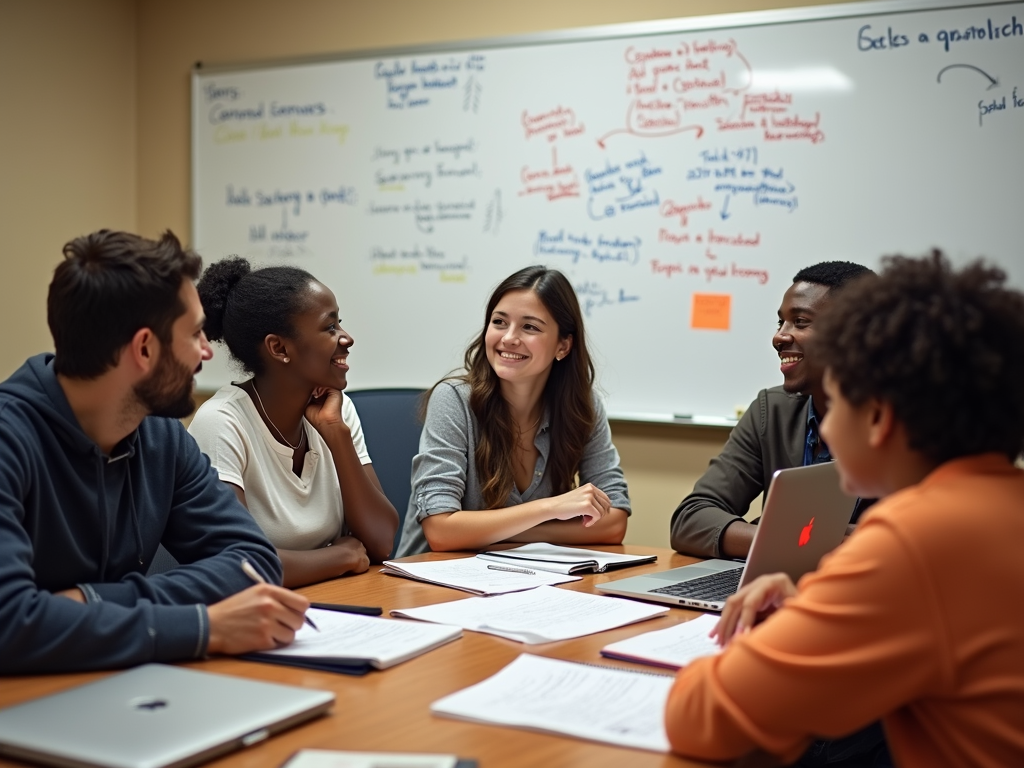Transforming Education: The Power of Service Learning Experiences
By , May 2, 2025
Service learning experiences in education blend academic learning with community service, offering students hands-on opportunities to apply their knowledge while making a positive impact on society.
Introduction to Service Learning and Its Benefits
Service learning is a pedagogical approach that integrates community service with academic instruction. It goes beyond traditional volunteering by incorporating reflection and critical analysis, allowing students to connect their service experiences to course content and personal growth.
The benefits of service learning are numerous. For students, it provides opportunities to:
- Apply theoretical knowledge to real-world situations
- Develop critical thinking and problem-solving skills
- Enhance interpersonal and communication skills
- Foster empathy and social responsibility
- Gain a deeper understanding of course material
For communities, service learning projects can:
- Address pressing social issues
- Provide valuable resources and support
- Foster collaboration between educational institutions and local organizations

Real-Life Examples of Service Learning Projects
To illustrate the power of service learning, let's explore some real-life examples:
-
Environmental Science Class: Students partner with a local conservation organization to conduct water quality testing in nearby rivers and streams. They analyze the data, identify potential sources of pollution, and develop recommendations for improving water quality.
-
English Literature Class: Students work with a local literacy program to create and deliver reading workshops for underprivileged children. They select age-appropriate books, design engaging activities, and reflect on the importance of literacy in their own lives.
-
Business Management Class: Students collaborate with a non-profit organization to develop a marketing plan for a fundraising event. They conduct market research, create promotional materials, and evaluate the success of their strategies.
These examples demonstrate how service learning can bridge the gap between theory and practice, allowing students to make meaningful contributions to their communities while deepening their understanding of academic concepts.

Impact on Students' Personal and Academic Development
Service learning experiences can have a profound impact on students' personal and academic development. By engaging in hands-on, real-world projects, students develop a range of skills and qualities that are essential for success in the 21st century.
For example, service learning can:
- Enhance critical thinking skills: Students must analyze complex social issues, identify root causes, and develop innovative solutions.
- Foster empathy and social responsibility: By working directly with community members, students gain a deeper understanding of diverse perspectives and the importance of civic engagement.
- Improve communication and collaboration skills: Service learning projects often require students to work in teams, communicate effectively with stakeholders, and present their findings to a wider audience.
- Provide real-world context for academic concepts: By applying theoretical knowledge to practical situations, students gain a deeper understanding of course material and its relevance to the world around them.
Moreover, service learning can boost students' self-confidence and sense of purpose. By making a tangible difference in their communities, students develop a sense of agency and empowerment, which can translate into greater academic motivation and engagement.

Challenges and Considerations for Implementing Service Learning Programs
While service learning offers numerous benefits, implementing effective programs can be challenging. Educators and administrators must carefully consider the following factors:
-
Alignment with Curriculum: Service learning projects should be closely tied to course objectives and learning outcomes. This ensures that the service component enhances, rather than detracts from, academic instruction.
-
Community Partnerships: Establishing strong partnerships with community organizations is essential for successful service learning projects. These partnerships should be mutually beneficial and based on clear communication and shared goals.
-
Reflection and Assessment: Reflection is a critical component of service learning, allowing students to connect their experiences to course content and personal growth. Educators must provide structured opportunities for reflection and assess students' learning outcomes effectively.
-
Logistics and Resources: Service learning projects often require additional resources, such as transportation, materials, and staff support. Educators must plan carefully to ensure that these logistical challenges are addressed.
-
Equity and Inclusion: Service learning programs should be designed to be inclusive and accessible to all students, regardless of their background or abilities. This may require additional support and accommodations for students with diverse needs.
By addressing these challenges proactively, educators can create service learning experiences that are meaningful, impactful, and sustainable.
Tips for Educators and Students Interested in Service Learning
For educators interested in incorporating service learning into their teaching, here are some tips to get started:
-
Start Small: Begin with a small-scale project that aligns with your course objectives and community needs. This allows you to test the waters and refine your approach before scaling up.
-
Build Relationships: Establish strong partnerships with community organizations and involve them in the planning process. This ensures that the project meets real community needs and provides valuable learning opportunities for students.
-
Provide Structure and Support: Offer clear guidelines and expectations for students, including reflection prompts and assessment criteria. Provide ongoing support and feedback throughout the project.
-
Encourage Student Leadership: Empower students to take ownership of the project by involving them in the planning and decision-making process. This fosters a sense of responsibility and engagement.
For students interested in participating in service learning, here are some tips to make the most of the experience:
-
Choose a Project That Aligns with Your Interests: Select a project that resonates with your passions and goals. This will make the experience more meaningful and enjoyable.
-
Be Open-Minded and Flexible: Service learning often involves working with diverse communities and adapting to unexpected challenges. Embrace the opportunity to learn and grow from these experiences.
-
Reflect Regularly: Take time to reflect on your experiences, both individually and with your peers. This will help you connect your service to your academic learning and personal development.
-
Seek Feedback and Support: Don't hesitate to ask for help or guidance from your instructor or community partners. They are there to support you and ensure that you have a positive and impactful experience.
By following these tips, educators and students can maximize the benefits of service learning and create transformative experiences that extend beyond the classroom.
Service learning experiences in education offer a transformative approach to teaching and learning, empowering students to become active, engaged citizens while deepening their understanding of academic concepts. By blending community service with academic instruction, service learning provides students with hands-on opportunities to apply their knowledge, develop essential skills, and make a positive impact on society.